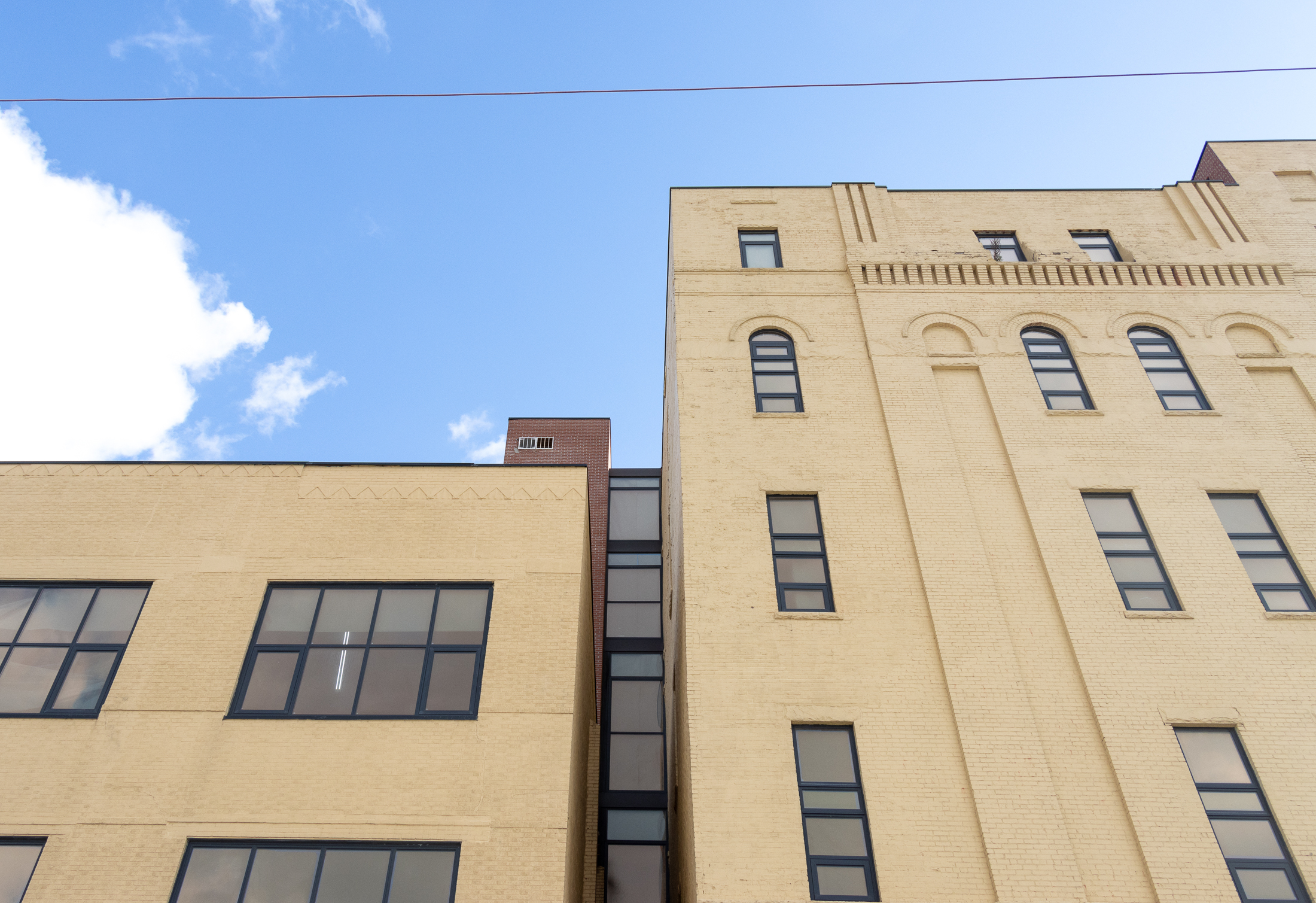Hope for Brownsville Housing Project Didn't Pan Out
When the 625-unit, low-income housing complex Marcus Garvey Village opened in Brownsville in the mid-’70s, hopes were high that the low-density housing with separate entrances for each family would give its occupants a sense of ownership and pride and help to reduce poverty and crime. That has not happened, alas, as The New York Times…

When the 625-unit, low-income housing complex Marcus Garvey Village opened in Brownsville in the mid-’70s, hopes were high that the low-density housing with separate entrances for each family would give its occupants a sense of ownership and pride and help to reduce poverty and crime. That has not happened, alas, as The New York Times noted, and the idea that architecture can create social change has been largely abandoned. After all, bigger forces than architecture affect the poverty rate, which has risen from 29 percent to nearly 40 percent in the area since the complex opened. However, the article notes, courtyard areas in the Village became an important link in the drug trade of the ’80s and ’90s because they were shielded from public view. So it seems as though architecture and design, as Jane Jacobs so clearly saw, has an effect after all.
A Housing Solution Gone Awry [NY Times]
Photo by Kate Leonova for PropertyShark








What's Your Take? Leave a Comment